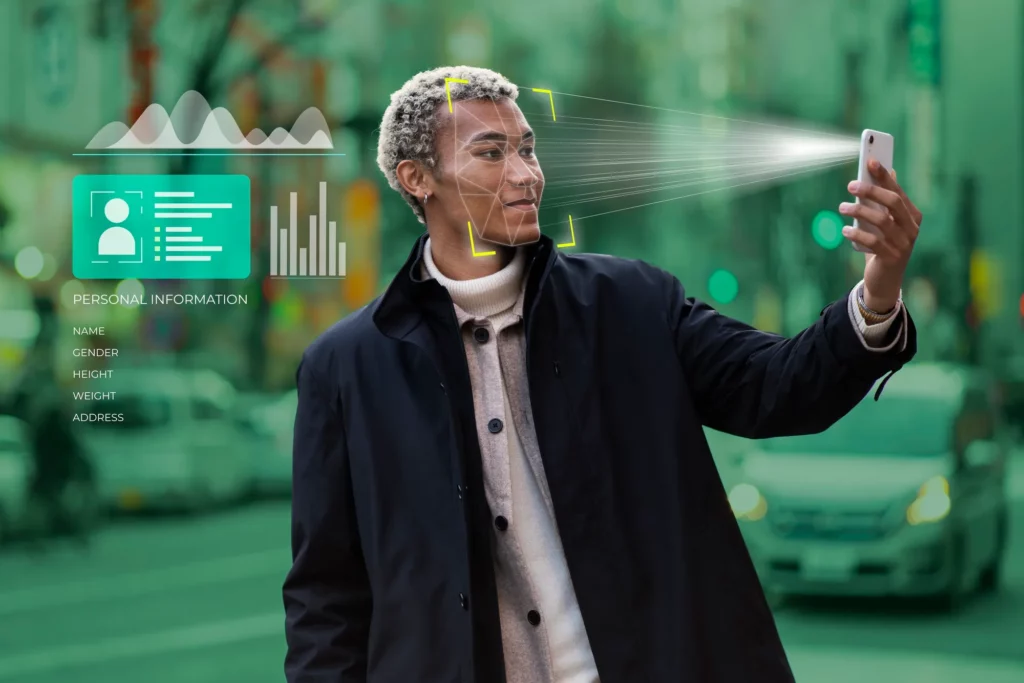In today’s fast-paced digital world, consumer behavior has shifted towards instant gratification. People expect quick answers, seamless experiences, and immediate solutions. This shift has given rise to micro-moments, a concept introduced by Google to describe the brief but critical moments when consumers turn to their devices to learn, do, buy, or discover something. Businesses that capitalize on these micro-moments can significantly enhance customer engagement, drive conversions, and strengthen brand loyalty.
What Are Micro-Moments?
Micro-moments occur when consumers instinctively reach for their smartphones to fulfill an immediate need. These moments can be categorized into four key types:
- I-want-to-know moments – When users seek information or research a topic.
- I-want-to-go moments – When people search for local businesses or locations near them.
- I-want-to-do moments – When consumers look for how-to guides or step-by-step instructions.
- I-want-to-buy moments – When potential buyers search for products or services before making a purchase.
Why Micro-Moments Matter in Marketing
Micro-moments are intent-driven, meaning they reflect consumers’ real-time needs. Here’s why they are crucial for businesses:
✅ Higher Conversion Potential: Consumers in micro-moments have high purchase intent. A well-optimized strategy can turn these moments into conversions.
✅ Increased Brand Visibility: Providing timely and relevant content ensures your brand appears when customers need it most.
✅ Improved Customer Experience: Quick, accurate responses build trust and enhance the user experience.
✅ Mobile-First Engagement: With the rise of smartphones, optimizing for mobile ensures that your brand is accessible whenever and wherever users search.
 How to Capture Micro-Moments Effectively
How to Capture Micro-Moments Effectively
1. Optimize for Mobile Search
Since most micro-moments occur on mobile devices, ensure your website is:
- Mobile-friendly with a fast loading speed
- Easy to navigate with a clear user interface
- Equipped with click-to-call and location-based services
2. Create Snackable and Instant Content
Content should be concise, engaging, and informative. Strategies include:
- Short-form videos (YouTube Shorts, Instagram Reels, TikTok)
- Quick-read blog posts with bullet points and bolded key takeaways
- Infographics and visual content for instant understanding
3. Optimize for Voice Search
With the rise of smart assistants like Alexa, Siri, and Google Assistant, voice search plays a major role in micro-moments. Use:
- Conversational keywords that mirror real speech
- FAQ-style content answering common consumer questions
- Structured data to improve search engine visibility
4. Leverage Location-Based Marketing
For “I-want-to-go” moments, businesses should:
- Optimize Google My Business (GMB) listings
- Use location-based keywords in content and ads
- Offer personalized local promotions
5. Run Real-Time, Intent-Driven Ads
Targeted ads based on user intent can capture high-converting micro-moments:
- Google Ads and PPC campaigns optimized for search intent
- Social media ads triggered by real-time interactions
- Retargeting strategies for users who have shown interest
6. Improve Website and App UX
A seamless experience ensures users stay engaged:
- Fast-loading pages to prevent drop-offs
- Easy checkout process for “I-want-to-buy” moments
- Clear CTA (Call-to-Action) to guide users toward conversions
7. Utilize AI and Chatbots
AI-driven chatbots can instantly respond to queries, making them an excellent tool for micro-moment marketing. Benefits include:
- 24/7 availability
- Personalized recommendations
- Instant problem resolution
Examples of Brands Winning Micro-Moments
✔ Starbucks – Uses location-based push notifications to offer special deals when customers are near a store.
✔ Domino’s Pizza – Enables customers to order pizza with a single tap or voice command.
✔ Nike – Uses social media and search ads to target users searching for athletic gear.
Final Thoughts
Micro-moments are shaping the future of digital marketing. Businesses that anticipate consumer intent, optimize for mobile-first experiences, and provide real-time solutions will successfully capture attention and drive conversions. By leveraging the power of quick, relevant, and valuable content, brands can position themselves as go-to resources in their industry.

